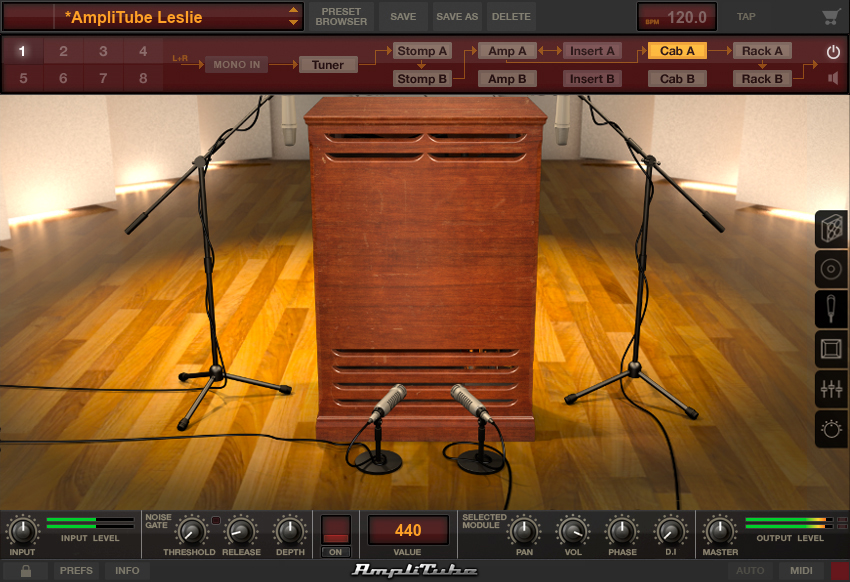
In the mid-1930s, the entirety of Southern California underwent a conversion by the local electric company, Edison, in which the home delivery frequency of electricity changed from 50 Hz to today’s standard 60 Hz (imagine the chaos if this had to be done today). Ah, fickle Fortune, you can be such a incompetent bimbo! Suffice it to say that I thought them to be vastly superior to another local band named after a stupid bicycle who went on to enjoy considerable national fame. Sadly, as this was well before the era of high-quality home-studio recording, there is no record of Blueweed’s marvelous musical output. There was a gravelly quality to the sound as well – one that if it were a human singer producing the tones, you would have assumed the tone was courtesy of years of smoking non-filter cigarettes. Inside the cabinet you could see rotating speakers. That device consisted (I thought at the time) of a cabinet with the front grill removed. Of particular note were their keyboard player who utterly rocked out on a Hammond organ connected to a strange-looking speaker device. They were a quintet of very talented fellows who played a soulful, blues-y variety of rock, featuring a lot of first-rate original material. While at the university there, I heard these guys several times and they rocked my world. There was a marvelous local band called Bluesweed in Champaign/Urbana IL in the very early 1970s. I will never forget the first time I encountered a Leslie close at hand. Even if you knew Procol Harem’s 1967 Whiter Shade of Pale, you may have been totally unaware that it was a Leslie speaker that gave the organ the quality of sound it had. Although the Leslie is most often associated with the Hammond organ, the Beatles found other innovative ways to incorporate it into their music – well, of course they did – they were the Beatles! A few years later, Jethro Tull’s album Benefit also featured non-organ Leslie. The Beatles discovered the Leslie around the time of Sergeant Pepper’s Lonely Hearts Club Band (1967). If you happen to have been around back then, you probably heard a good deal of Leslie employed and didn’t even know it. The Leslie speaker came on the scene in the early 1940s, but didn’t enter the world of the type of music I loved until the late 1960s.
#Ik multimedia amplitube leslie free#
Feel free to skip ahead to the section titled “The Actual Review” if you’re already up to speed. While some readers will be thoroughly up on these matters, I am writing this for the reader who, like I was until recently, not particularly well-educated about this historically important piece of gear. A combo package of both the Amplitube and TRacks versions can be had for $179 USD list price.īefore researching the background of the Leslie in preparation for this review, I had a vague notion of what rotary speakers were all about, but knew little about the actual Leslie, its internal construction or its history. Either version lists for $129 USD, but this being IK Multimedia, opportunities for discount purchases will no doubt be forthcoming. The TRacks 5 version also is usable within the TRacks 5 framework, of course.
#Ik multimedia amplitube leslie mac#
TRacks 5 modules are compatible with all modern Windows (Win 7 or later) and Mac (MacOS 10.9 or later) DAWs, providing 64-bit (only) support in the formats VST 2, VST 3, AU and AAX. Presumably the Amplitube version has identical audio capabilities and differs only in UI presentation. This review is based upon the TRacks 5 version. Actually, we’re talking about two different versions of that plug-in: one compatible with IK Multimedia’s guitar and bass tone studio package, Amplitube, and the other with TRacks 5, the extensive mixing/mastering framework and collection of diverse FX modules.


That name is a little misleading in that we are talking about a single plug-in that incorporates digital recreations of several models of this famous rotary speaker.

This is a review of the Leslie Collection from IK Multimedia. IKM brings a virtual incarnation to your DAW for all kinds of musical magic. Leslie speakers and Hammond B3 organs are inseparable, but the Leslie is great for more than organs.


 0 kommentar(er)
0 kommentar(er)
